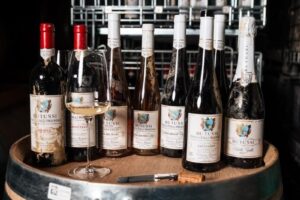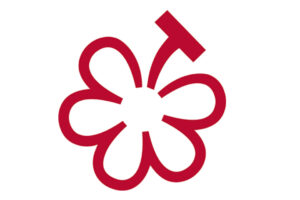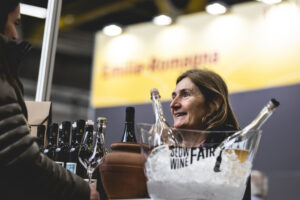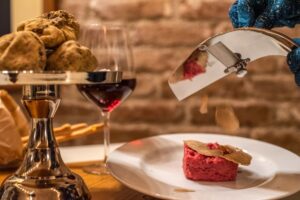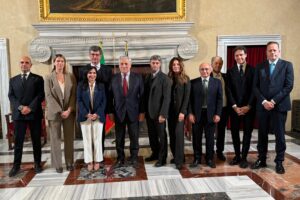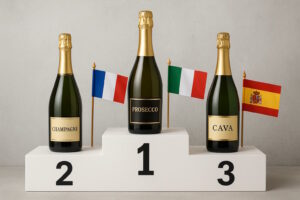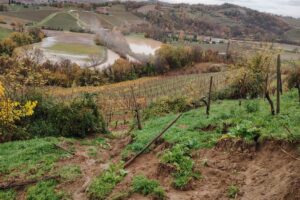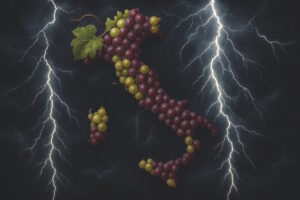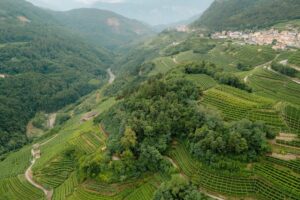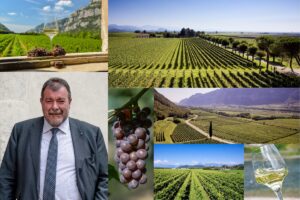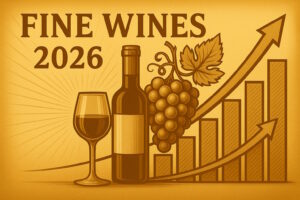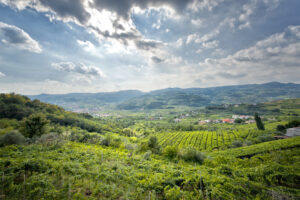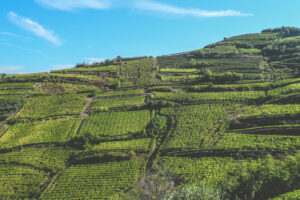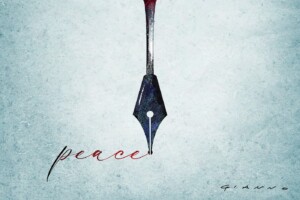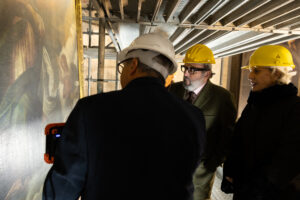With the wine market showing few slightly encouraging signals, at least as for export and out-of-home consumption, but that certainly doesn’t run at full speed, when considering volumes, with a quite precocious 2024 harvest, that, starting in Sicily, is now beginning in many other territories of Central-Southern Italy (from the Tuscan Maremma to Apulia) with the companies in need of freeing up some space in their cellars. As of today, if referencing to the last WineNews analysis, made on April 2024, bulk prices of the main denominations seem to be holding up, at least when looking at the main ones from the three great Italian wine regions of Veneto, Piedmont and Tuscany, which account for more than half of the production and export value, according to the most updated price lists of the various Chambers of Commerce responsible for the territories, but also for common wines, according to Ismea. Quotations which, as we always specify, are ex-cellar, excluding VAT, and which, in the actual negotiation phase, could also differ strongly, depending on the quality of the lot in question, but also on the needs of those buying it and those selling it. In any case, Amarone della Valpolicella, stable in its values, and Bolgheri, in very slight decline, remain the most precious wines, exceeding 1.100 euros per hectolitre, with the maximum prices, while among the top in value Barolo and Brunello di Montalcino are leaving something behind, even if their maximums remain “around the 1.000 euros mark" with their latest vintages on the market (with the Tuscan red which, however, sees much lower prices for the wine from the 2023 harvest, still “in the process of becoming”, ed).
In any case, starting from Piedmont, according to data updated as of 25 July 2024, given from Cuneo Chamber of Commerce, the 2020 Barolo, which entered the market this year, stands, in fact, around 851 and 879 euros per hectolitre, while the 2019 vintage still yields figures between 911 and 990 euros, while the Barbaresco is between 700 and 709 euros for the 2020 vintage, and between 651 and 804 euros for the 2021 vintage, with a decidedly important gap between minimum and maximum. The shares of Barbera d’Alba, instead, are stable, with the 2022 vintage standing between 228 and 288 euros per hectolitre, and the 2023 between 297 and 320 euros per hectolitre, while the Langhe Nebbiolo moves between 245 and 300 euros per hectolitre for the vintage 2023, and less for the 2022 one. According to the Chamber of Commerce of Asti and Alessandria, however, with updated data as of 14 April 2024, however, Alta Langa bubbles stand between 300 and 400 euros per hectolitre, the Barbera d’Asti Docg between 120 and 190 euros, Barbera d’Asti Superiore between 220 and 280 euros per hectolitre and Gavi 2023 between 270 and 300 euros per hectolitre, while Moscato d’Asti (measured in kilograms and not in litres, ed.) is between 175 and 185 euros per quintal.
Going south, in Tuscany, the most precious denomination, at the moment, remains Bolgheri, albeit with a slight decline as of April 2024: according to the new findings of the Chamber of Commerce of Maremma and Tirreno (referred to data about the average prices between 17 June and 16 July 2024), the Bolgheri Doc varies between 900 and 950 euros per hectolitre, and the Bolgheri Superiore between 1.000 and 1.100. According to Siena Chamber of Commerce, as of 7 August 2024, Brunello di Montalcino remains stable compared to April, from 850 to 1.000 euros per hectolitre, for the 2019 vintage on the market, and between 850 and 950 for the 2020, which will be the next on the market, from 2025, while to date, for the harvests that are resting in the cellar as per the regulations (therefore, once again, wine "suitable" to become Brunello di Montalcino), the figures range from 680 euros as for the 2023 vintage minimum to the 900 euros maximum of the 2021 one. The prices of Rosso di Montalcino are stable: the 2022 is quoted between 350 and 450 euros per hectolitre, the 2023 between 400 and 500 euros. Chianti Classico is also stable, moving between the minimum 310 euros of the 2019 vintage and the maximum 380 euros of the 2023 vintage, as is the Nobile di Montepulciano, which share prices between 340 and 390 euros for the 2019, 2020 and 2021 vintages. Chianti Docg, on the other hand, grows slightly, between the minimum 130 euros of the 2022 and 2023 vintages, and the maximum 180 of 2020 (which reaches 185 for Chianti Colli Senesi, ed.). The prices of Vernaccia di San Gimignano, however, continue to have significantly more heterogeneous ranges: the 2021 Riserva scores important prices, between 300 and 350 euros per hectolitre, while the 2022 and 2023 vintages are more or less half that, between 145 and 200 euro per hectolitre.
As for Veneto, according to the price lists of the Verona Chamber of Commerce, updated to 29 July 2024, Amarone and Recioto della Valpolicella 2021 remain stable between 1,050 and 1,100 euros, which rise to 1,100 and 1,150 for the classic area, with prices lower by a few tens of euros for the 2022 vintage (ready to become, ed.). Valpolicella Ripasso, on the other hand, ranges from 320 euros per hectoliter for its 2021 vintage, to 350 for the 2022 “classic” version, dropping by a few euros on the ceilings compared to April 2024. As for Valpolicella Doc, the 2022 production keeps starting from a base of 200 euros per hectolitre, reaching 250 for the “superior classic” version, while the 2023 production is just a few euros less. To date the prices of Lugana 2023, which in April ranged between 500 and 550 euro per hectolitre, have not been recorded, while the Soave Classico 2023 remains stable between 100 and 120 euros per litre, with identical prices for the Pinot Grigio delle Venezie. On the Prosecco front, the reference values are those given by Treviso Chamber of Commerce, with the price list updated to 30 July 2024. And if, as of today, the small and very precious production of Cartizze shows no price changes (in April, it stood between 700 and 750 euros per hectolitre), the prices of the “Rive” typology of Conegliano Valdobbiadene Prosecco Docg, standing between 260 and 280 euros per hectolitre, are slightly down when compared to 4 months ago, with the “basic” Docg between 250 and 270 euros per hectolitre, and the Asolo Docg which grows slightly between 230 and 250 euros per hectolitre. The large denomination of Prosecco Doc, instead, maintains substantially stable prices, that range between 185 and 205 euros per hectolitre.
A situtation, at least when looking at these three Regions, which results essentially stable, and which also seems to concern common wines, which, in July 2024, according to Ismea findings, are largely maintained more than others in the same period in 2023, with common whites at 5.96 euros per hectograde, +56.2% on the previous year, and with a few cents more than the April survey, while compared to 4 months ago, common reds and rosés are down a bit, to 5.7 euros per hectograde , still remaining at +48.6% on 2023. This is the complete picture as of today, while waiting to understand how the grapes that will arrive in the cellar and become new wine will impact the price lists.
Copyright © 2000/2025
Contatti: info@winenews.it
Seguici anche su Twitter: @WineNewsIt
Seguici anche su Facebook: @winenewsit
Questo articolo è tratto dall'archivio di WineNews - Tutti i diritti riservati - Copyright © 2000/2025











